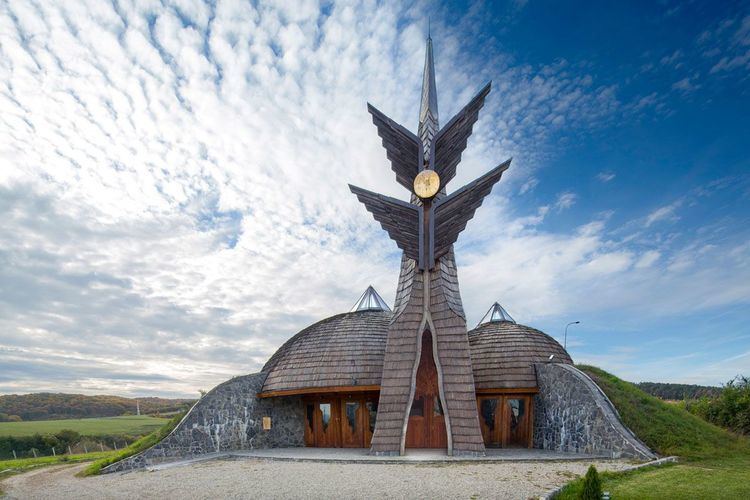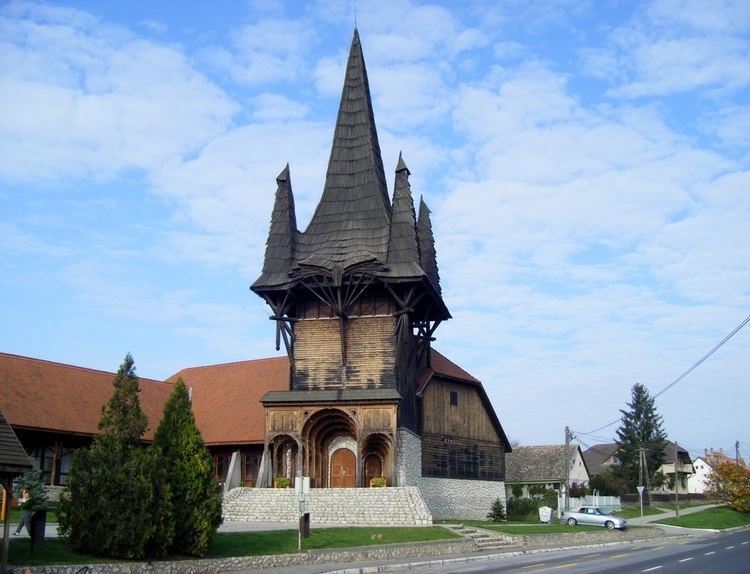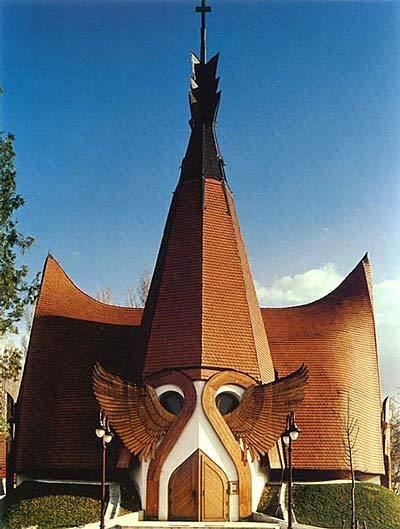Nationality Hungarian Structures Pancho Arena | Role Architect Name Imre Makovecz | |
 | ||
Education Budapest University of Technology and Economics Children Pal Makovecz, Anna Makovecz, Benjamin Makovecz | ||
Imre makovecz organic thinking organic architecture
Imre Makovecz (November 20, 1935 – September 27, 2011) was a Hungarian architect active in Europe from the late 1950s onward.
Contents
- Imre makovecz organic thinking organic architecture
- Hungra en Sevilla Imre Makovecz
- Makoveczs key works
- Other important works
- References

Makovecz was born and died in Budapest. He attended the Technical University of Budapest. He was founder and "eternal and executive president" of the Hungarian Academy of Arts.

Makovecz was one of the most prominent proponents of organic architecture. As such, his buildings attempt to work with the natural surroundings rather than triumph over them. Frank Lloyd Wright and Rudolf Steiner are both strong influences, as is traditional Hungarian art.

His work began as a critique of communist ideology and the brutal uniformity of system building, but after the fall of the Communist regime in 1989, it became a comment on the nature of globalisation and corporate culture. In its attempts to refer to and build on Hungarian national archetypes Makovecz was continuing the work and ideas of the architects of Hungarian Art Nouveau and National Romanticism. The first English language monograph on his work, Imre Makovecz: The Wings of the Soul, by Edwin Heathcote, was published in 1997.

